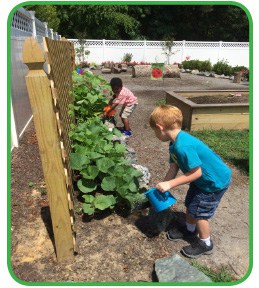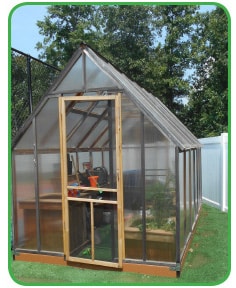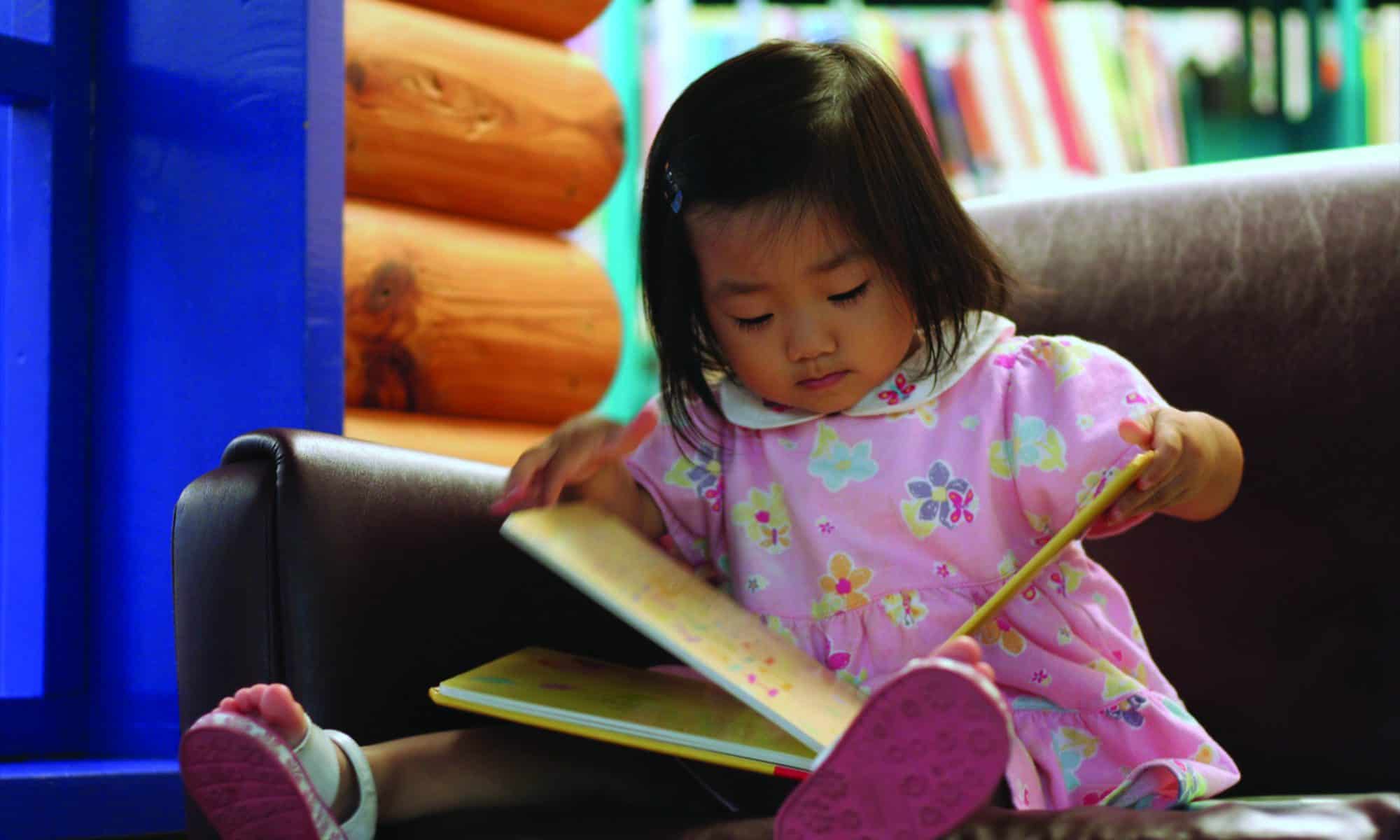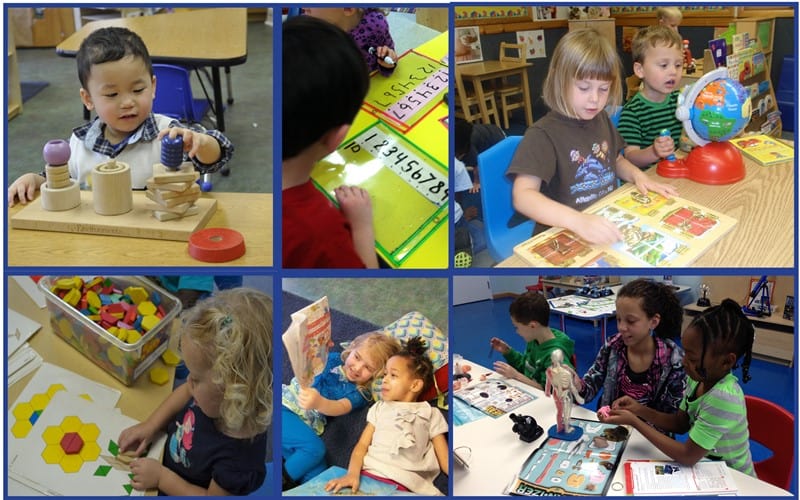 Few things give your child more joy than a new toy (except for maybe the box that it came in…). Toys help to create a vast colorful world of endless wonder and make-believe you and I can no longer really “see”.
Few things give your child more joy than a new toy (except for maybe the box that it came in…). Toys help to create a vast colorful world of endless wonder and make-believe you and I can no longer really “see”.
Unfortunately, toys today may also pose a threat if not selected properly. There are toys that unsafe and not appropriate for the age of our children. It is important for us to scrutinize toys we want to give our children first, before handing them over.
Here are some tips on how you can choose age-appropriate and safe toys for your children:
- Check the package- Toys come with an age recommendation and some with safety instructions, be sure to read these instructions first to prevent injury. There are toys that are only ideal to 6 years old and above since these contain small parts that little ones can swallow.
- Evaluate its durability- Is it strong enough not to easily break? It is a risky to have toys that can easily shatter into pieces and cause its small parts to scatter around or scratch your child.
- Look for safe ingredients- You can find what makes up a toy in its own packaging. Check the ingredients and see if there are hazardous elements!
- See if it is educational and developmentally appropriate- We want our kids to not just have fun, but also learn from their toys. Today there are ample toys available that are developmentally appropriate for your child’s age.
- Choose simple toys- The simpler they are, the wider the imagination of your kids when playing. Toys that are too specific offer less room for the imagination as everything is already set out for them.
- Give one toy at a time- Give your kids time to enjoy the a few toys first, so they will really maximize the enjoyment of those toys. While an argument can be made that one can never have too many toys – too many at once for a child can be less than ideal.
- Understand the learning needs of your child based on his age- For instance, children who are 2-4 years want to stimulate their imaginations, while babies from 6-8 months do well with repeatable activities.
- Be careful with electronic toys- Toys that are powered through batteries and electricity are risky to children especially toddlers and babies. They can try to plug and unplug or even taste the batteries.



 Candy, TV Shows, Toys and even what to wear, there are a lot of things a child CAN make choices on. Oftentimes, we do the choosing for our children and sometimes we just give in to what they want the first time… not always the best option.
Candy, TV Shows, Toys and even what to wear, there are a lot of things a child CAN make choices on. Oftentimes, we do the choosing for our children and sometimes we just give in to what they want the first time… not always the best option. Minnieland Academy is committed to supporting health and nutrition by planning physical activities both indoors and outdoors, serving nutritious foods and implementing gardening and cooking experiences. Studies indicate that children who grow their own food are likely to eat more fruits and vegetables.
Minnieland Academy is committed to supporting health and nutrition by planning physical activities both indoors and outdoors, serving nutritious foods and implementing gardening and cooking experiences. Studies indicate that children who grow their own food are likely to eat more fruits and vegetables. In the spring we prepare our gardens for planting and by mid-summer they are brimming with bounty for our children to harvest and enjoy. These range greatly in diversity with some schools opting to plant in garden boxes while others cultivate garden plots or collect recyclable materials to try their hand at container gardening.
In the spring we prepare our gardens for planting and by mid-summer they are brimming with bounty for our children to harvest and enjoy. These range greatly in diversity with some schools opting to plant in garden boxes while others cultivate garden plots or collect recyclable materials to try their hand at container gardening. Throughout our Minnieland programs you will see a variety of gardening such as herbs growing in window sills, flower beds planted to attract butterflies, and salsa or pizza-themed produce growing in vegetable patches. Sunflowers are also a favorite in many of our gardens.
Throughout our Minnieland programs you will see a variety of gardening such as herbs growing in window sills, flower beds planted to attract butterflies, and salsa or pizza-themed produce growing in vegetable patches. Sunflowers are also a favorite in many of our gardens.







